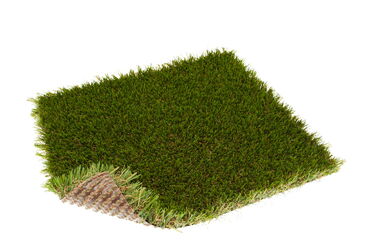Welcome to Turfgrass, your go-to artificial turf supplier for transforming any indoor or outdoor space into a stunning and functional area. Whether it's a rooftop terrace, hotel entrance, playground, or lawn, our premium artificial grass combines unmatched functionality with aesthetic appeal.
